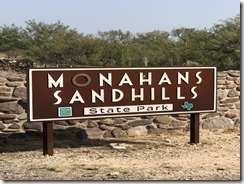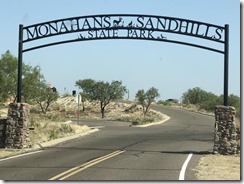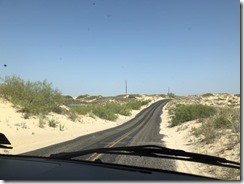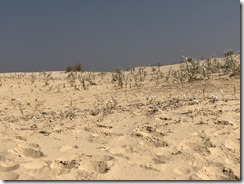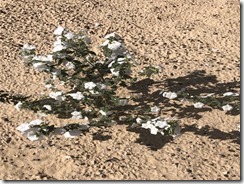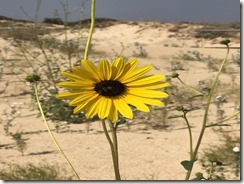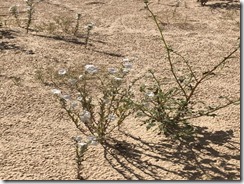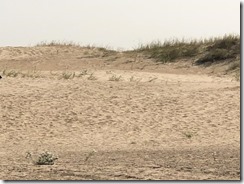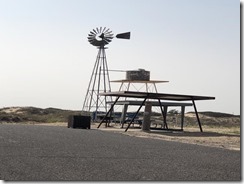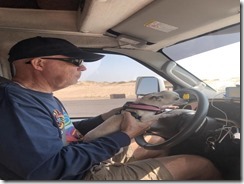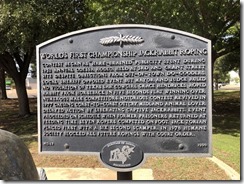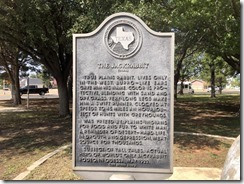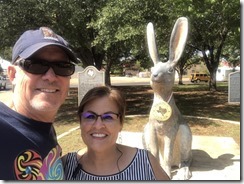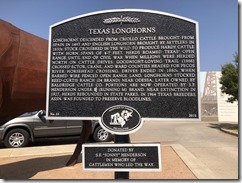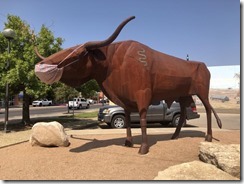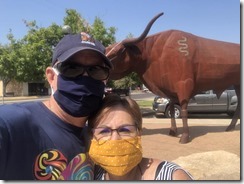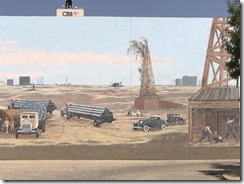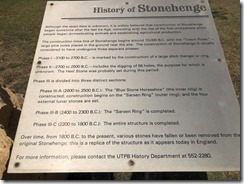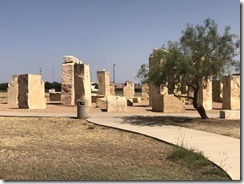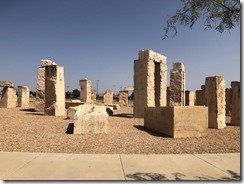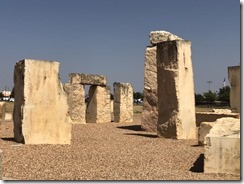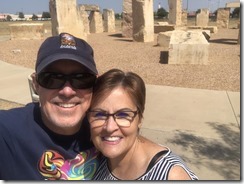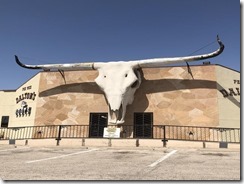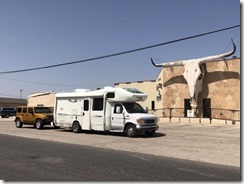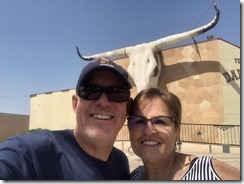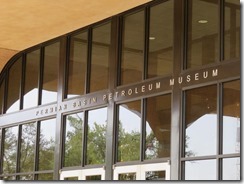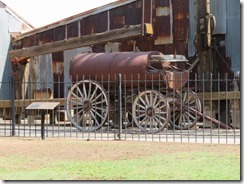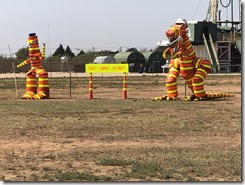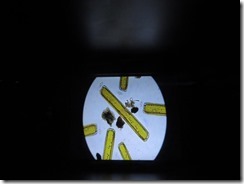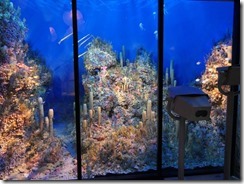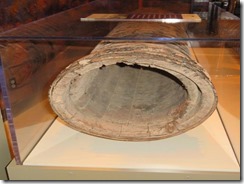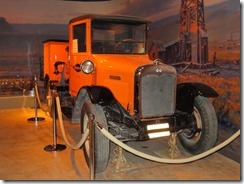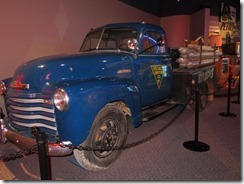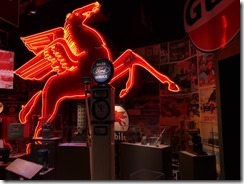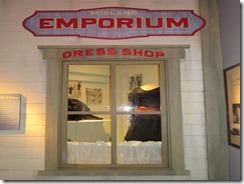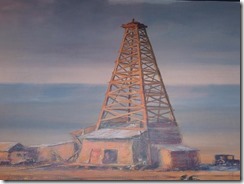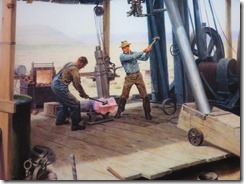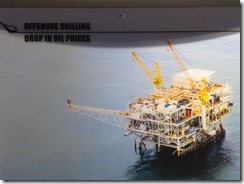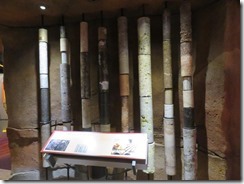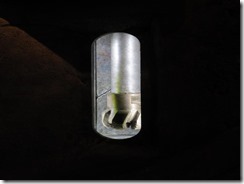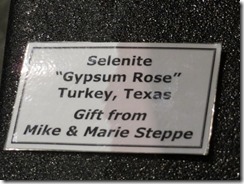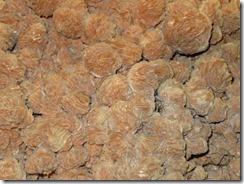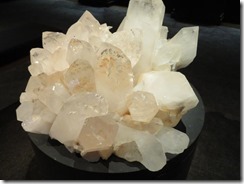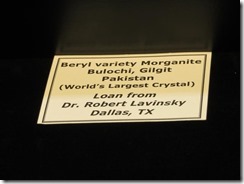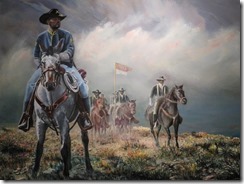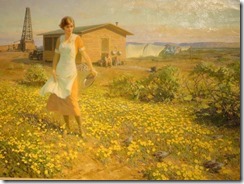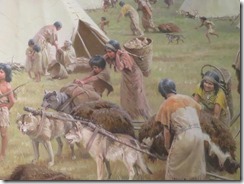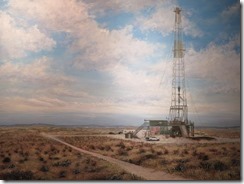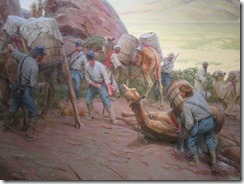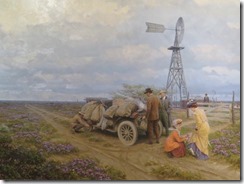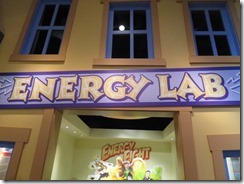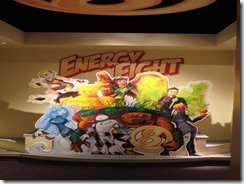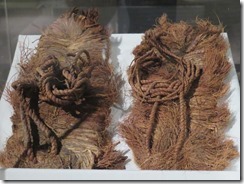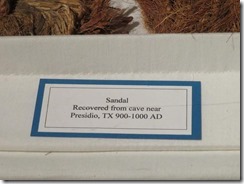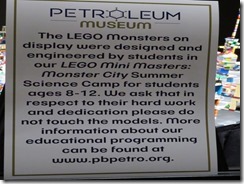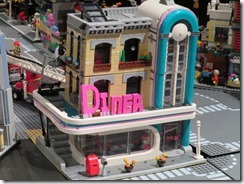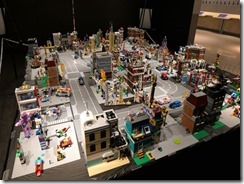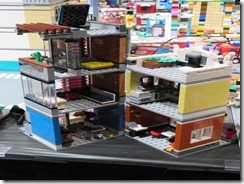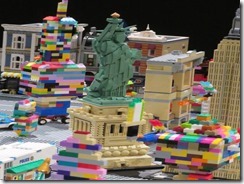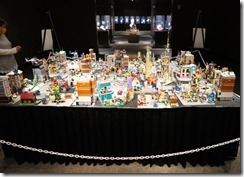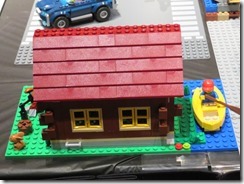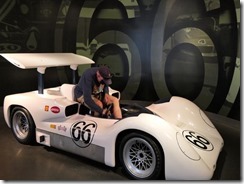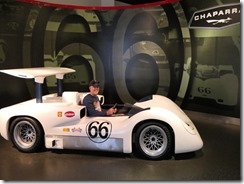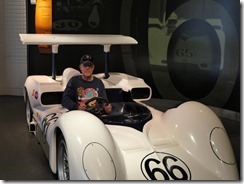https://www.roadsideamerica.com/tip/35188
Monahans Sandhill State Park Monahans, TX
Monahans Sandhills State Park was our first stop today. Zoom Zoom and I have been to White Sands in New Mexico so we wanted to see how these two compare. First off, let me say, the State Park worker at the gate was extremely friendly and helpful! She went out of her way to show Zoom Zoom where we could drive and easily turn around since we were pulling Jethro. It takes just a couple of minutes to drive through the park to get to the best part. Once we arrived at the BIG sand dunes they were just like the ones in New Mexico. The only difference is there is overnight camping here! Bring your own saucer to slide down the dunes.
I took some pictures of the flowers growing in the park. It always blows my mind at how pants can adapt to such arid places. The yellow flowers are sunflowers and the white ones are called field bindweed.
Abby wanted to drive!
https://www.roadsideamerica.com/story/15841
Jack Ben Rabbit – World’s Largest Rabbit (Former) Odessa, TX
This rabbit was built in 1962. It stands 8’ tall and was a way to pay tribute to the city’s jackrabbit roping competition held every year since 1932 during the Odessa Rodeo. Along came the Humane Society and shut down the roping competition for good in 1978. Prairie Pete Park was Jack’s next residence for several years and then it was moved to the maintenance yard. Fortunately, the town’s people wanted the rabbit to be displayed again and it was moved to its current location. In 1997, some idiots tried to steal the poor thing so the city had to bolt it to the sidewalk.
https://www.roadsideamerica.com/tip/53259
Rusty Longhorn and Early Oil Mural Odessa, TX
The “Rusty Longhorn” was sculpted from rusted steel by sculptor Joe Barrington. This longhorn was dedicated in 2010. Because Odessa is also well known for its oil industry there is a spouting derrick mural painted on the wall behind the longhorn. Longhorns are a cross breeding of Criollo cattle brought over from Spain in 1493 and English longhorn brought by the settlers in the 1830’s. Because of the crossbreeding, the longhorns are bigger and hardier. Most have horns that span 4’-7’. These longhorns roamed the open range until the end of the Civil War. After the Civil War, cattlemen would run cattle drives north. The numbers of longhorns diminished drastically. In the 1880’s, barbed wire fencing came into the picture. The cattle drives north ceased and because of the state park system the longhorn breed was able to be preserved.
Permian Basin Stonehenge Odessa, TX
This replica of the original Stonehenge is 70% the size of the real one in England. It is located on the University of Texas of the Permian Basin and was completed in 2004. It was installed by Connie and Brenda Edwards, owners of TexaStone in Garden City,TX. They say that some of the stones are 19” tall!
https://www.roadsideamerica.com/tip/55150
Giant Longhorn Skull Odessa, TX
The skull is quite impressive! We took pictures with Wally, Jethro and the skull to try an show the size of this masterpiece! Just a quick stop for the picture and back on the road.
https://www.roadsideamerica.com/tip/1284
Permian Basin Petroleum Museum Midland, TX
Zoom Zoom has always wanted to stop here at the Permian Basin Petroleum Museum. I thought he was just really interested in the petroleum industry – nope! He wanted to see the Chaparral cars. Before we ever got on the property we were met by a very nice gentleman thinking we were there to sleep in their parking lot through the Harvest Host program. He wanted to show us where to park. We explained were were just there for the museum and Zoom Zoo said he was there for the cars. I can’t tell you how many times he has told me about seeing the Chaparral cars. I don’t know why , but I thought they were some kind of car used in the oil field. I had NO idea they were race cars – I really should have known better!
TEXT+DRIVE=EXTINCT
Once we entered the building the receptionist was pleasant. Zoom Zoom paid and she explained that there was a short film about the petroleum industry and how, then, the museum wraps around. The film was very informative. Do you know where our oil comes from? If you said dead dinosaurs – WRONG! When the dinosaurs died they died on top of the land. Then they either decayed or were eaten by scavengers. It turns out the oil is from a single celled organism called a diatom. Once the land was covered with water. When the water receded, the diatoms died and eventually turned into oil.
The first columns made for the drill bits to fit in were made from wood! After we started pumping oil, the automotive industry exploded!
These next photos show oil rig paintings and how oil can be found anywhere. Most of our oil deposits are found in the ocean. And, Geologists will take core samples all the way down to 10,000’. This helps them know were to dig.
The museum has two galleries. One of the galleries has beautiful examples of rocks in their natural form.
They have an art gallery too. These works are from and artist named Tom Lovell.
They have a “hands on” section for the little ones. Too cute!
These shoes were found in Presidio, TX. The Pueblo people made them between 900-1000AD.
The museum has a camp for kids from 8-12 that like to build with Legos.
On to the entire reason we stopped at the museum. Zoom Zoom wanted to see the Chaparral cars. Chaparral cars are an innovation in thinking from two men, Jim Hall and Hap Sharp. These two men took racing where it had never been. They designed a movable wing and used aerodynamics with ground effects to speed their cars up. With these cars they won world wide fame and recognition.
At least every other month one of the cars from the collection is driven in the circle out front. This keeps the cars in great shape. If you want to be a part of the Chaparral Pit Crew you can join it through the Petroleum Museum Website Also, if you want to know if they are driving a car in the circle and would like to be there contact Luanne Thornton (lthornton@petroleummuseum.org ) and she will add you to the email list.
https://www.roadandtrack.com/motorsports/a32350/jim-hall-chaparral-2j-history/
There is one “model” that patrons can climb in and take a picture of themselves dreaming. Of course my Zoom Zoom climbed right in. What it shows you is race car drivers are tiny like jockeys.

